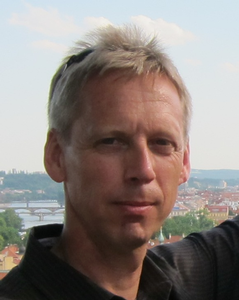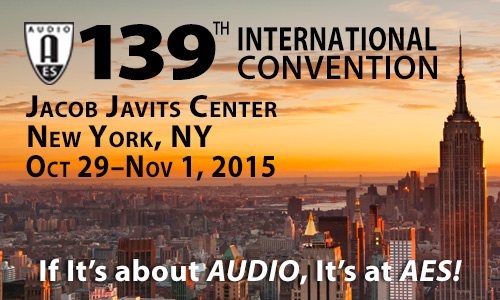
AES New York 2015 Presenter or Author

Ton Kalker
Primary Affiliation: DTS - Mountain View, CA, USA
Ton Kalker received both his M.S. and Ph.D. degrees in mathematics from the University of Leiden, The Netherlands, in 1979 and 1983, respectively. He has made significant contributions to the field of media security, in particular digital watermarking, robust media identification and interoperability of Digital Rights Managements systems. His research in this growing field started in 1996, submitting and participating in the standardization of video watermarking for DVD copy protection. His solution was accepted as the core technology for the proposed DVD copy protection standard and earned him the title of Fellow of the IEEE (2002). His subsequent research focused on robust media identification, where he laid the foundation of the Content Identification business unit of Philips Electronics (currently Civolution), successful in commercializing watermarking and other identification technologies. Dr. Kalker is co-author on 40+ granted patents, 40+ patent applications and many scholarly publications. He has a lifetime h-index of 38 (28 since 2008) [Google Scholar: http://goo.gl/1NHTpX].
Dr. Kalker is currently Vice President R&D, Emerging Technologies at DTS. His responsibilities include technology development and standardization of Multidimensional Audio (MDA), an open object-audio format for professional content creation and archiving. He is co-editor of the SMPTE 25CSS TC on ‘Immersive Sound Model and Bitstream’ for Digital Cinema. Other responsibilities include development of advanced codec technologies and media security: he is the chair of server working group of the Secure Content Storage Association (SCSA). Prior to DTS he was Vice President of Technology for the Innovation Center of Huawei in Santa Clara, responsible for driving the media research program, focusing on real-time communication, media technologies for future Internet architectures, and HMI. Prior to Huawei, as a Distinguished Technologist at Hewlett-Packard Labs, he focused his research on the problem of non-interoperability of DRM systems. He was one of the three lead architects of Coral, publishing a standard framework for DRM interoperability in the summer of 2007. Subsequently, he co-chaired the Technical Working Group of DECE publicly known as UltraViolet.
Session List
Oct 31:
W23: Immersive Audio Coding (Panelist)
